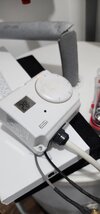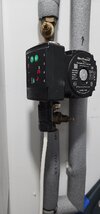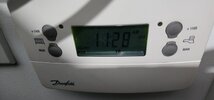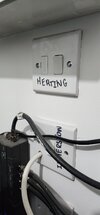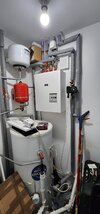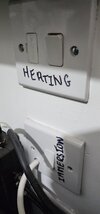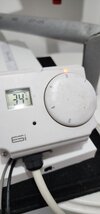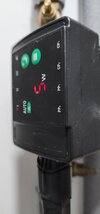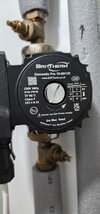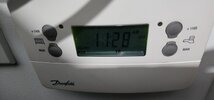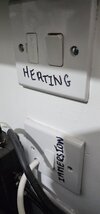- Joined
- 6 Jan 2023
- Messages
- 13
- Reaction score
- 0
- Country

Hi All,
I'm new to this flat in London and the letting agent isn't very helpful. The home has communal heating, and there's a boiler and a set of switches and equipment in the storage room. Please let me know how to use these?
1. What is this white unit with 1 to 5 settings? It also shows a temperature reading! So, guessing it's a room heater?
2. What is this black Brit Therm unit? What should be the usual setting?
3.There's this Danfoss selection unit as well.
4.Finally, there are two switches, one labeled as 'Heating' and the other as 'Immersion'.
P.S.: This flat has no gas connection and is all electric. As mentioned, there's a communal heating system in place.
I'm new to this flat in London and the letting agent isn't very helpful. The home has communal heating, and there's a boiler and a set of switches and equipment in the storage room. Please let me know how to use these?
1. What is this white unit with 1 to 5 settings? It also shows a temperature reading! So, guessing it's a room heater?
2. What is this black Brit Therm unit? What should be the usual setting?
3.There's this Danfoss selection unit as well.
4.Finally, there are two switches, one labeled as 'Heating' and the other as 'Immersion'.
P.S.: This flat has no gas connection and is all electric. As mentioned, there's a communal heating system in place.

